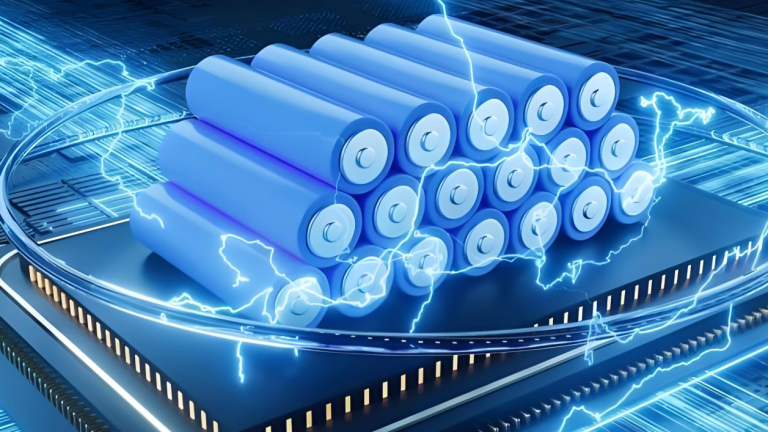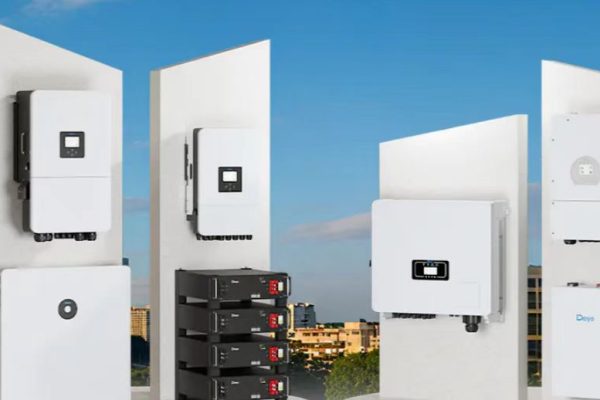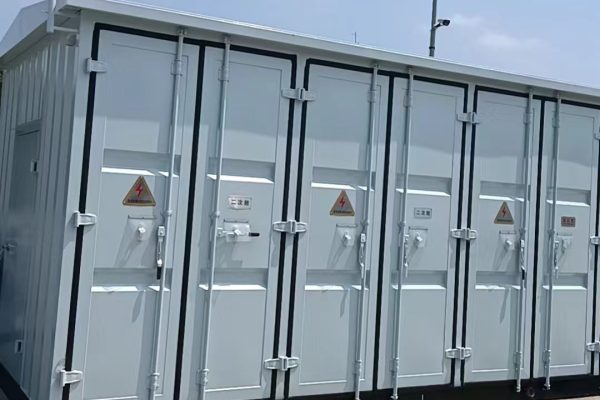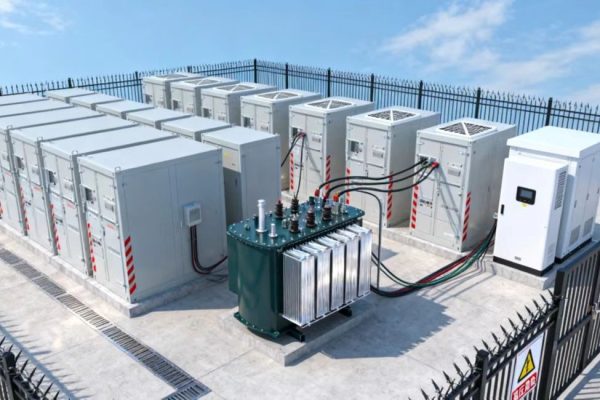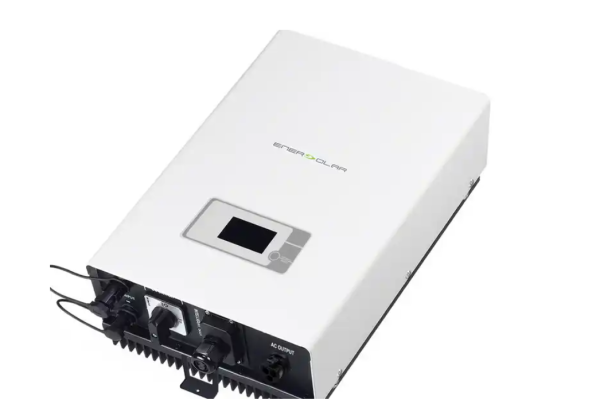1. Introduction
Solid-state batteries (SSBs) are often called the “holy grail” of energy storage. While they’ve been hyped for years, 2025 marks real-world commercial traction in niche markets. Let’s dive into their potential and what’s now possible.
2. What Is a Solid-State Battery?
Unlike traditional batteries with liquid electrolytes, SSBs use solid ceramic or polymer electrolytes. This enables safer, denser, and more temperature-stable energy storage.
Benefits:
- 2× energy density (up to 500 Wh/kg)
- No risk of electrolyte leakage
- Wide temperature range: -30°C to 100°C
- Greater cycle life with lithium-metal anodes
3. Comparison Table
| Feature | SSB (2025) | Li-ion (LFP/NMC) |
| Energy Density | 350–500 Wh/kg | 150–250 Wh/kg |
| Cycle Life | 3,000–10,000 | 3,000–6,000 |
| Safety | Very high | Medium |
| Commercial Price | $250–400/kWh | $100–200/kWh |
4. Current Limitations
- High cost (early production scale)
- Complex manufacturing
- Limited production capacity in 2025
5. Who’s Leading the Race?
- Toyota: EV SSBs in limited fleet trials
- QuantumScape: Solid-state lithium-metal
- Samsung SDI: Hybrid polymer-based SSB
- CATL: Commercial-grade semi-SSB for ESS
6. ESS Use Cases Emerging
- Remote weather stations
- Military and aerospace
- Luxury residences with high energy security needs
7. Future Outlook
- Mass adoption expected after 2027
- Key for next-gen grid storage and long-range EVs
8. Conclusion
SSBs are moving from lab to field. While not yet cost-competitive for all, they’re gaining ground in strategic niches.
👉 Stay ahead by exploring SSB-enabled storage at gr-newenergy.com.





